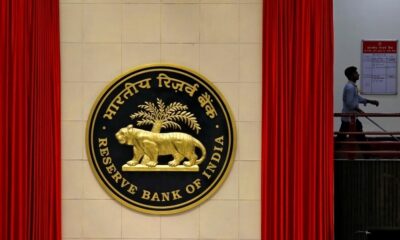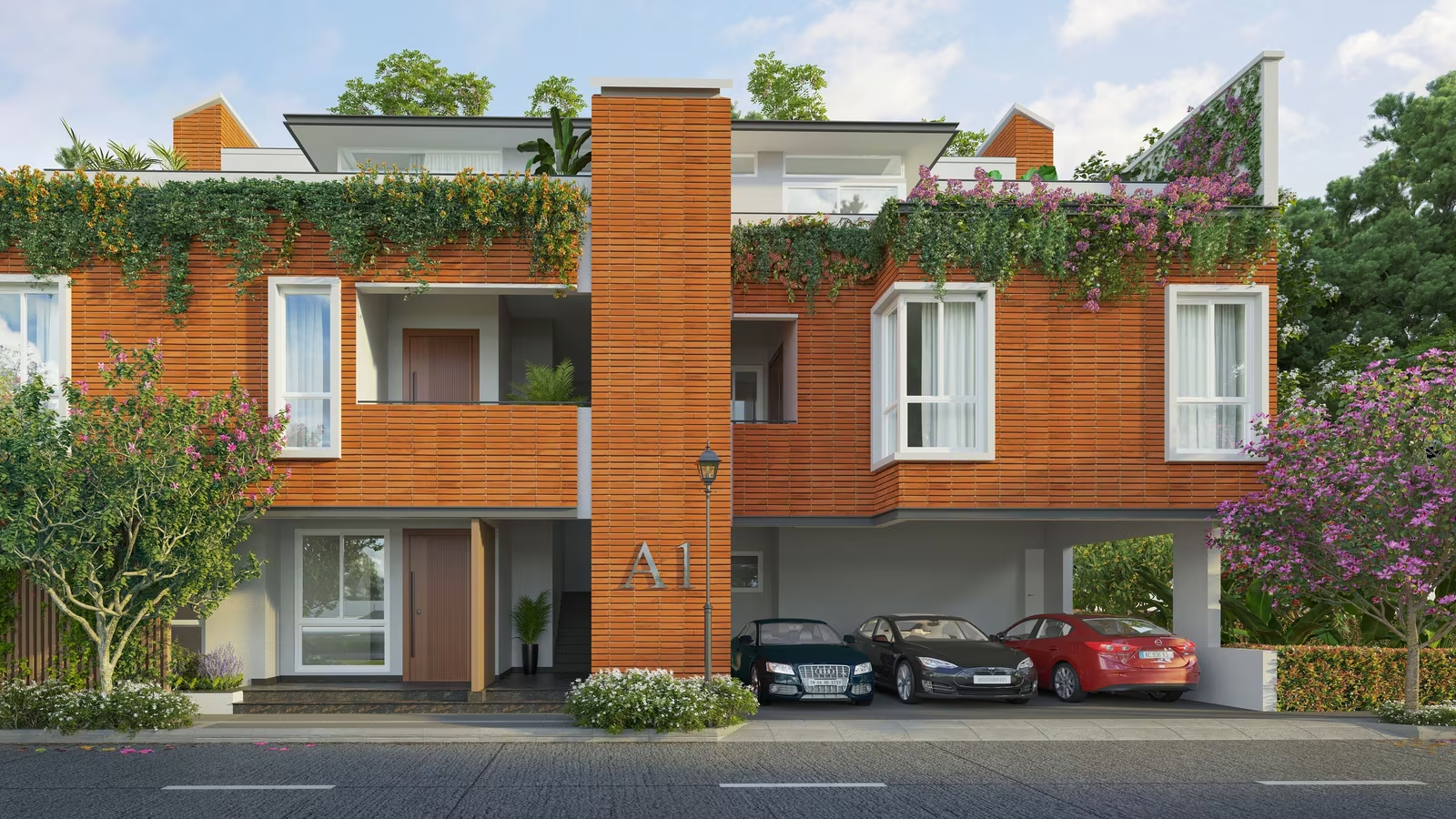Guest Column
Indian real estate: Tough times, but a resilient market




India’s GDP stood at 4.4% for Q1FY13-14, and the RBI projects it to reach 5% by end of FY2013-14. This slow growth projection can primarily be attributed to India’s depressed industrial production and high-interest rate environment. The effect of current credit tightening by the RBI is likely to control inflation by this fiscal end. WPI inflation is expected to reach 5.3% by the end of FY2013-14 from the current 6.5%.
The current quarter and 4Q FY 2013-14 are likely to demonstrate improved momentum on account of agricultural prosperity thanks to a good monsoon and growth in the infrastructure sector pushing up the performance of the industrial sector. Another effect that the Indian economy will see in 1 H CY 2014 will be on account of the general elections in May. The last elections in 2009 brought an influx of Rs 9,000 crore ($1.5 billion), of which the Government spent Rs 2,100 crore ($350 million) merely for conducting the elections. If a similar expenditure happens next year, it is bound to lift the country’s economy.
THE CHANGING LANDSCAPE OF PRIVATE EQUITY
Private equity funds focused on real estate started out as pure equity players, with investments during the peaking period of 2005-2008 directed primarily towards the commercial office sector. Although the funds have kept away from organised retail formats since the beginning, the commercial office sector has now moved down the pecking order from being the favored asset to being a minor percentage of the investment pie. Investments are now mostly directed towards preleased assets or operational assets with healthy occupancy levels.
Since the aftermath of GFC, the investment philosophy of PE firms has made a paradigm shift towards the residential sector. Having realised the self-liquidating nature of the residential segment, where returns flow in faster given the demand for housing in the country, private equity players have spurred their investments in this asset class.
The way in which geographic focus has changed is also interesting. The initial years of the industry life-cycle saw the investment focus of most PE firms being restrictive in nature, with exposure to only the Tier 1 cities of India. However, with maturity improving in Tier 2 cities, PE funds were keen to evaluate transactions in other emerging real estate clusters of the country.
Tier-II cities, especially those which had the potential to act as ‘spokes’ to the ‘hubs’ of Tier I cities, saw an active interest from such players. In recent years, a trend reversal has been observed wherein the geographic focus has shifted back to Tier I cities as the PE funds tread cautiously during times of uncertainty.
PE funds are now increasingly looking at preferred returns structures that enable them to take out their capital prior to the developer. This ultra-cautious approach has emerged after the recessionary phase, which saw investments locked in illiquid assets. Funds are looking at market-level protection to ensure that principal capital has sufficient safeguards.
Approximately $500 million would have been raised since April 2012. There are also some sovereign funds that are evaluating various deals. Approximately 45–50% of the amounts raised would have been invested to date. By 2Q 2014, most of the remaining amounts are expected to get invested.
The real estate segment that has been attracting the highest magnitude of investments is the residential sector. Funds are primarily looking at ongoing projects by credible developers with transparent completion timelines. The reason why residential continues to be so attractive to funds is that despite the current moderation in absorption, the underlying demand dynamics driving the residential segment are still the highest.
Broadly speaking, Mumbai, NCR and Bangalore have attracted the maximum investments in recent times. These cities generate the bulk of employment in the country. It follows naturally that the demand for commercial and residential real estate is also the highest in these three cities. Axiomatically, whatever finance for real estate is now available is almost exclusively focused on Mumbai, Delhi and Bangalore. Pune is also notable – if not in the magnitude of investments, then certainly in the consistency of interest in this city by funds.
PRICE CORRECTION IN RESIDENTIAL REAL ESTATE
Real estate prices in many of the Indian metros have crossed sustainable limits. The real estate development business may not be sustainable at the current exorbitant price levels. Banks, therefore, perceive it as risky to lend to property developers. Lending institutions have taken an unyieldingly hard stance and are attaching the under-construction projects of defaulting developers. As soon as prices start becoming more rational, there will be significant mitigation of risk and banks will begin granting more loans to developers.
I definitely foresee a correction in prices across many Indian cities. In fact, it is overdue. However, corrections will depend on certain aspects. We are seeing a massive inventory of unsold residential units in the larger cities, and the developers with the larger shares of this inventory will have little choice but to yield to the price pressures. It also depends on area-specific demand-supply conditions or macro markets. In areas where the demand exceeds supply, price corrections may not happen. Moreover, properties bought for investment purposes will see more corrections.
Since 4Q 12 in which 80,000 new units were launched across the country, new launches have come down to 50,000 in 3Q 13. Sales have dipped from 50,000 to 40,000 in the same period and the inventories have piled up. The majority of sales taking place is during the project launch phase that corresponds to competitive pricing, sales during the construction phase have dried up.
The average prices of units in new launches have easily decreased by 15-25% with respect to prevailing market pricing, and developers are luring buyers with unprecedented offers. The new marketing theory appears to be to sell the maximum at the launch stage itself, with attractive pricing to ensure cash flows (as good as finance at zero cost) to sustain the project and earning profits by selling a small proportion of units towards the end at a hefty premium.
(The writer is President & CEO of Jones Lang LaSalle Inc)
-



 News4 weeks ago
News4 weeks agoKW Delhi 6 Mall Onboards New Brands
-



 News4 weeks ago
News4 weeks agoManasum Senior Living Launches IKIGAI GOA, A Senior Living Community in North Goa, in collaboration with Prescon Homes
-



 News4 weeks ago
News4 weeks agoBridging India Divide: Top 5 Tier- 2 Cities to Focus On
-



 News4 weeks ago
News4 weeks agoCommercial Realty Gets Tech Savvy: Fast Construction, Enhanced Convenience
-



 News3 weeks ago
News3 weeks agoGodrej Properties Sells Rs 3k cr+ Homes of Godrej Zenith, Gurugram, within 3 days
-



 News4 weeks ago
News4 weeks agoMultipoint Connection – A Definite Boon
-





 News3 weeks ago
News3 weeks agoRBI’s Status Quo on Key Policy Rates to Help Maintain the Real Estate Growth Momentum, Say Industry Stalwarts
-



 News1 week ago
News1 week agoOlive Announces Dhruv Kalro as Co-Founder

























